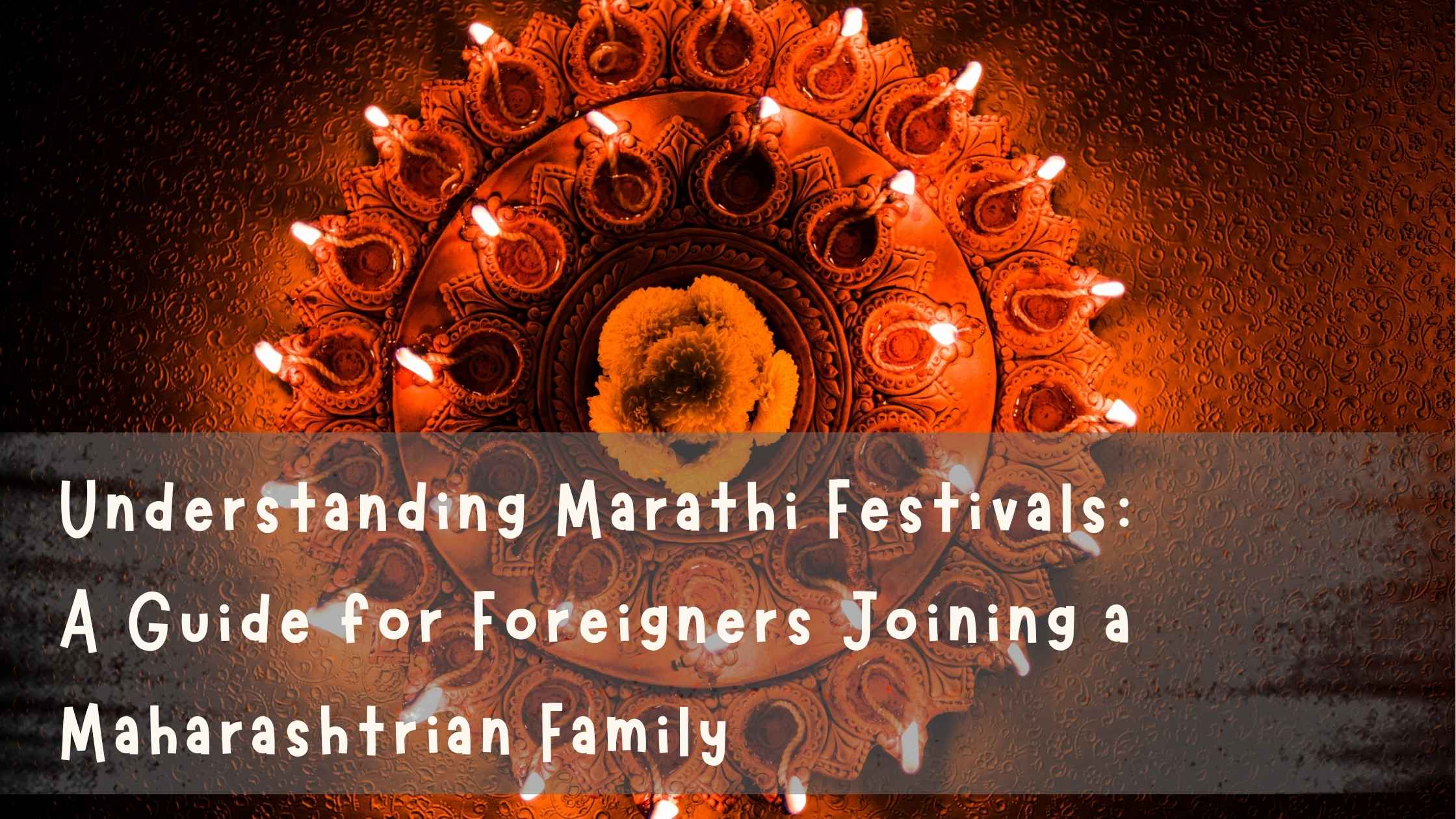If you’ve recently married into a Maharashtrian family—or are planning to—you’ve probably heard about festivals like Gudi Padwa, Makar Sankranti, or Ganesh Chaturthi. You might even get cheerful family WhatsApp messages or join video calls where relatives are dressed in traditional attire.
But what do these festivals actually mean? How are they celebrated? And why are they so important to Marathi culture?
Here’s your beginner-friendly guide to understanding some of the most cherished Marathi festivals, arranged by the traditional Marathi lunar calendar months:
Chaitra (March–April)
Gudi Padwa – New Year in Maharashtra
Why it’s celebrated: Marks the Maharashtrian New Year, the beginning of spring, and is believed to be the day Lord Brahma created the universe. Traditions: Raising the Gudi, eating neem-jaggery, and festive home decoration. More →
Vaishakha (April–May)
Akshaya Tritiya – A Day of Eternal Prosperity
Why it’s celebrated: The word Akshaya means “eternal.” It’s an auspicious day to begin something new or invest in gold. Traditions: Buying gold, starting new ventures, and performing pujas. More →
Ashadha (June–July)
Ashadhi Ekadashi
Why it’s celebrated: A sacred day for devotees of Lord Vitthal. Pilgrims walk for days in the famous Wari pilgrimage to Pandharpur. Traditions: Fasting, devotional songs (bhajans), and processions.
Shravan (July–August)
Mangala Gaur
Why it’s celebrated: A celebration for newly married women. Traditions: Women play games, sing traditional songs, and perform rituals.
Narali Pournima
Why it’s celebrated: A festival for the fishing community to offer coconuts to the sea. Traditions: Coconut offerings, coastal food, and blessings for safety at sea.
 Bhadrapada (August–September)
Bhadrapada (August–September)
Ganesh Chaturthi – Welcoming Bappa Home
Why it’s celebrated: Celebrates the birth of Lord Ganesha. Traditions: Bringing home idols, performing aartis, offering modaks, and immersion processions.
Ashwin (September–October)
️ Navratri & Dasara – Nine Nights of Devotion
Why it’s celebrated: Navratri honors Goddess Durga and ends with Dasara, symbolizing the victory of good over evil. Traditions: Fasting, haldi-kunku, garba dances, and exchanging apta leaves.
Kartik (October–November)
Diwali – The Festival of Lights
Why it’s celebrated: Celebrates Lord Rama’s return to Ayodhya and the triumph of light over darkness. Traditions: Lighting diyas, cleaning homes, making faral, performing Laxmi Pujan, and celebrating Bhaubeej.
Margashirsha (November–December)
Dattajayanti & Gita Jayanti
Why it’s celebrated: Celebrates the birth anniversaries of Lord Dattatreya and the Bhagavad Gita. Traditions: Devotional reading, temple visits, and religious discussions.
Pausha (December–January)
Paush Pournima
Why it’s celebrated: A spiritual full moon day linked to holy bathing and temple rituals. Traditions: Donations, temple visits, and fasting.
Magha (January–February)
☀️ Makar Sankranti – The Festival of the Sun
Why it’s celebrated: Marks the sun’s entry into Capricorn, symbolizing warmth and fresh starts. Traditions: Tilgul exchanges, kite flying, black clothing. More →
Phalguna (February–March)
Holi – The Festival of Colours
Why it’s celebrated: Marks the arrival of spring and the triumph of good over evil. Traditions: Holika Dahan bonfire, playing with dry colors, songs and sweets. More →
Final Thoughts for Those New to a Marathi Family
Understanding these festivals helps you feel more connected to your new family, especially if you’re learning the language and culture at the same time.
Even just saying “Gudi Padwyachya hardik shubhechha!” or “Tilgul ghya, goad goad bola!” brings warmth and belonging.
Join our courses today and bring language and culture together—beautifully.


